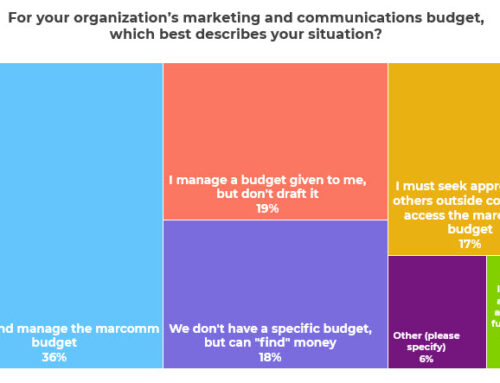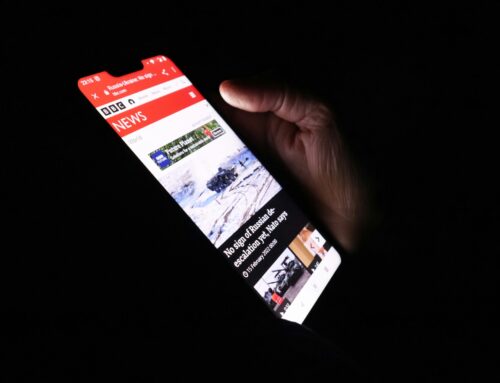In previous posts, we’ve shared the most common marketing and communications goals, strategies, and objectives for nonprofits. Today, let’s complete the list by talking about tactics.
Tactics are the tools you use to pursue the objectives associated with your strategy. Tactics include both communications channels like email, PR and social media, as well as specific types of content like storytelling or infographics.
I could create a list of tactics a mile long, but that’s not especially helpful. Instead, here are the 27 communications tactics that are most useful for nonprofits.
Remember, you will use a combination of these tactics — but not all of them, please! — to implement a strategy and to achieve your objectives and ultimately your goals.
- Website. It’s your home base online.
- Blog. Blogs are typically a part of your website. They can be everything from a “what’s new” section to more substantive posts.
- Single-topic email appeals, updates, and invitations. These are emails that are meant to drive one specific action.
- Email newsletters with multiple articles. These emails are typically more FYI, but will often include multiple calls to action too.
- Social media, including Facebook, Instagram, Twitter, etc.
- Single-topic print appeals, updates, and invitations meant to drive a specific action.
- Print newsletters with multiple articles that are typically more FYI, but will often include multiple calls to action too.
- Mobile apps.
- Direct messaging, private chat, texting and other forms of instant, private messaging.
- Earned media, PR, press releases and other forms of media relations.
- Paid advertising, including radio, TV, print, online, and outdoor.
- Syndication and guest writing, where you create content but publish it elsewhere.
- Content curation and synthesis, where you publish content created by others.
- Video and audio recordings.
- Graphics and infographics.
- Photography.
- Signage, posters, banners.
- Storytelling. This is a specific type of content that’s very effective for nonprofits.
- Problem-solving tools, calculators and other interactive ways to help people make better decisions.
- Downloads, case studies, how to guides and other helpful content.
- Testimonials, referrals and other forms of social proof.
- Brochures, flyers, and other leave-behinds including pamphlets, rack cards, and door hangers.
- Displays and booths, staffed and unstaffed.
- Hosting gatherings, and meetings, networking events.
- Public speaking at events hosted by others.
- Contests, gamification, competitions and other forms of competitive engagement.
- Listening and data collection and other ways of gathering feedback.
What else belongs on this list? Should it be added to one of the 27 already listed or added as the 28th? Share in the comments.





